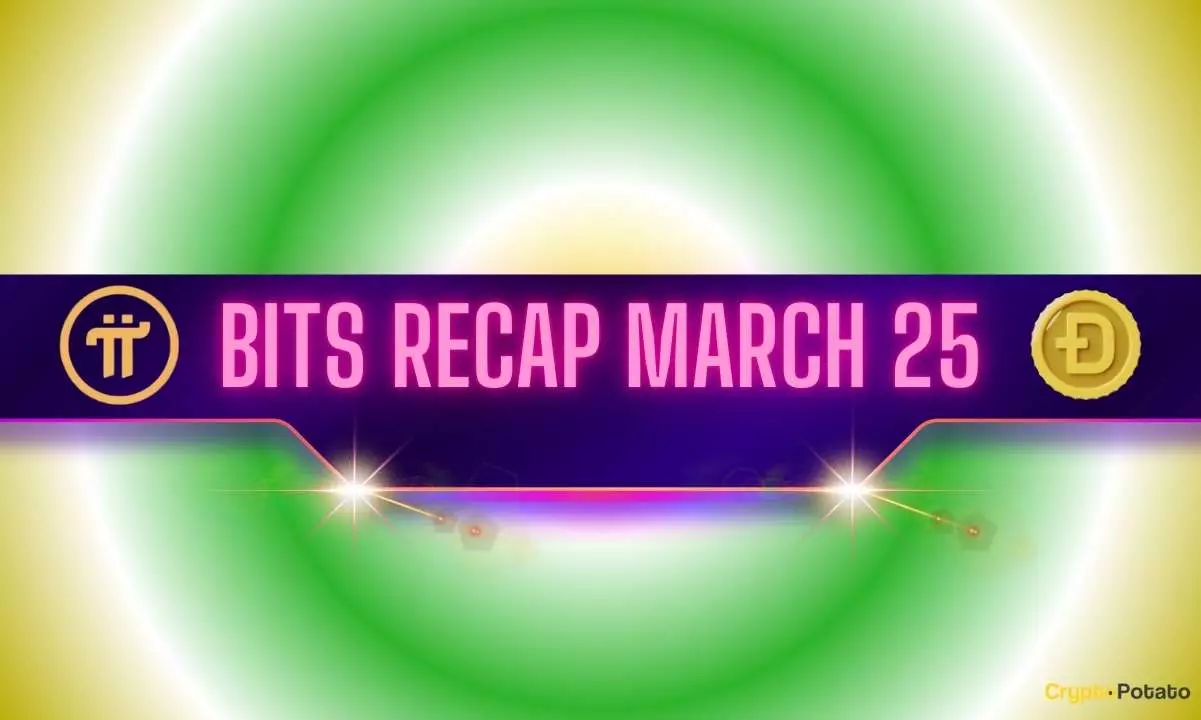The release of Pi Network’s Open Network on February 20 shimmered with promise, offering a fresh air of innovation in the overcrowded cryptocurrency sector. However, the aftermath has been anything but smooth. Within a week, the PI token experienced staggering fluctuations—with valuations collapsing from an all-time high of nearly $3 to barely grazing just under $1. Such instability casts a long shadow over its viability, leading one to wonder whether investors are gambling on a promise rooted more in ambition than in assessable reality.
To further complicate matters, the community was left in an anxious waiting game for a much-coveted listing on Binance. The overwhelming majority—over 86%—of voters expressed enthusiasm for its inclusion, yet Binance’s indecision left many feeling betrayed. It illustrates a broader issue in the crypto landscape: community engagement and corporate action often exist in discord. When users put their faith in a centralized platform that refuses to follow through on democratic choices, red flags should be waving. The transparency and accountability of such platforms are pivotal to maintaining user trust—something the Pi Network is undeniably jeopardizing.
A New Frontier or a Fickle Fantasy?
The PI token perhaps embodies the quintessential cryptocurrency paradox. On one hand, its community-oriented strategy and grassroots involvement sound invigorating. On the other, the reality of its dwindling price amidst rapid fluctuations could cultivate despair rather than enthusiasm. Such contrasts make Pi Network an uncharted battleground: Will this project nourish its followers or devour them whole? Like many crypto endeavors, Pi Network demonstrates how aspirational rhetoric often overshadows operational realities.
The recent announcement regarding two-factor authentication (2FA) requirements for holders is another nail in the cautious investor’s coffin. While security standards are vital, demanding complex verification methods could hinder user participation, especially among the less tech-savvy demographic. The crypto community thrives on accessibility, and over-complicating processes can lead to alienating those who might not have the expertise to comply.
The Role of Major Exchanges
While Pi Network finds its footing, established exchanges like OKX and Bitget have already embraced it, lending a semblance of credibility. However, what remains frustrating is how these alliances are more transactional than transformative. Many crypto projects ride the coattails of larger platforms, desperately seeking validation and stability.
Is it wise to pin hopes on future endorsements from giants like Binance? Absolutely, but investors must tread carefully. The validation that comes from major exchanges can provide a solid boost, but it shouldn’t be mistaken for unswerving legitimacy. Currently, Pi Network stands on fragile ground, fluttering like a leaf in the wind; its future utterly contingent on external variables and unpredictable market forces.
The Financial Dilemma of the ‘Grace Period’
The KYC (Know Your Customer) process—dubbed the “Grace Period”—is another nightmare scenario for already frazzled investors. Failing to extend this timeline left many users vulnerable, with their minted tokens hanging precariously in limbo. The decision to enforce the deadline without reconsideration showcases a lack of empathy from the developers towards their community, further underlining a disheartening culture of “profits over people.”
In a realm where flexibility and responsiveness are prized, Pi Network’s rigid adherence to policies might not sit well with its growing audience. The sense of urgency to comply with KYC requirements places extra burden on individuals who were enticed by the vision of earning digital currency through simple participation but found themselves ensnared in a labyrinth of technical mandates.
Communities as the New Currency
In some respects, projects like Pi Network hinge upon strong community ties. However, as trust diminishes, it may very well jeopardize the foundational element of collaboration that cryptocurrencies thrive on. Ironically, the very principles of decentralization that underpin these networks can quickly become hollow when financial market dynamics take precedence over individual investors.
While pi advocates may argue that the venture is in its nascent stages and that vision always comes before execution, the reality is unforgiving. The volatility surrounding PI’s trading patterns commands nothing less than vigilance and skepticism from every investor—and it may very well take more than mere promises for Pi Network to succeed in a cruel crypto world. Robust community engagement is essential; however, it must coexist with equally robust accountability. Otherwise, we might be witnessing a financially fueled fiasco that serves as a cautionary tale for the entire crypto ecosystem.


Leave a Reply